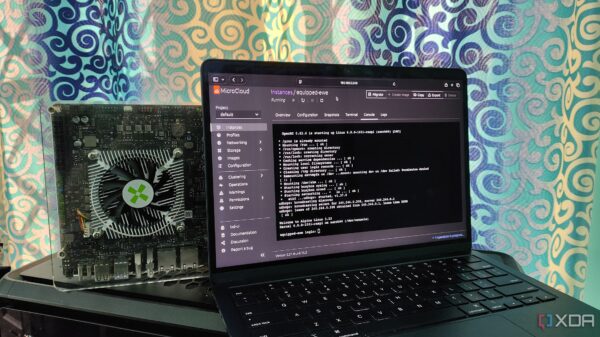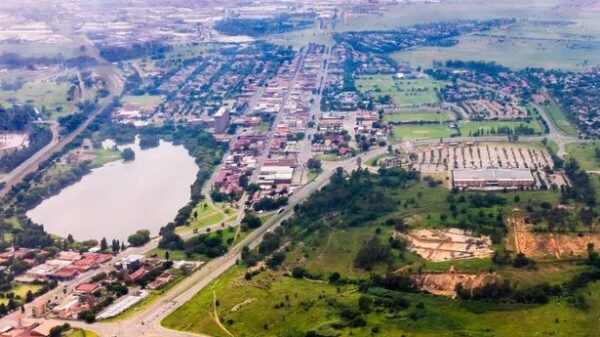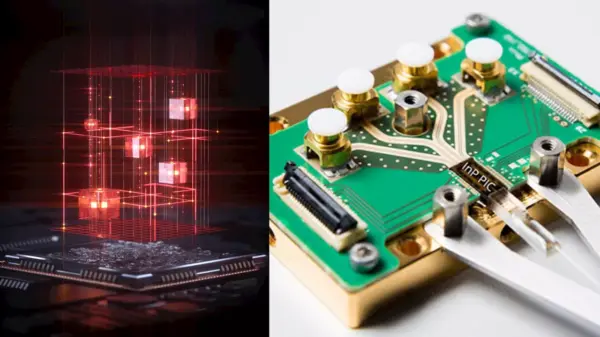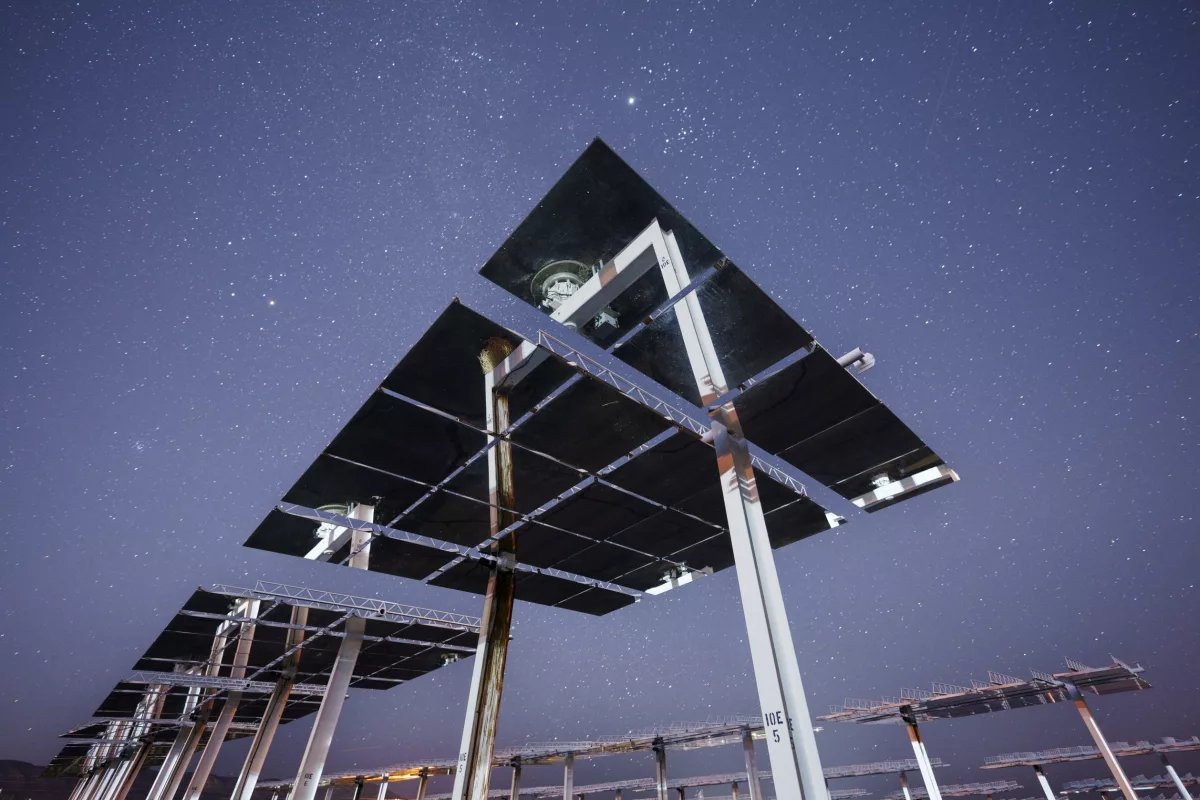A solar power plant in Albuquerque, New Mexico, is being repurposed to hunt for asteroids during the night. Scientist John Sandusky from Sandia National Laboratories is leading this innovative project at the National Solar Thermal Test Facility. Traditionally, solar power systems do not operate after sundown, leaving them inactive for half of the day. Sandusky’s team aims to utilize the facility’s resources after dark by enabling heliostat mirrors to track celestial objects.
The National Solar Thermal Test Facility is unique in the United States, featuring a 200-foot-high concrete tower surrounded by 218 mirrors that focus sunlight onto the tower, generating a significant 6 MWt of power. However, when the sun sets, this output drops to zero. This limitation motivated Sandusky to explore whether these mirrors could be repurposed for other tasks at night.
In a recent experimental phase, Sandusky transformed one of the heliostats to function like a telescope. By programming it to track the night sky, the heliostat reflected energy onto optical instruments on the tower. Although this method produced only a femtowatt of power, it enabled the detection of asteroids by oscillating the heliostat across a one-minute cycle.
Traditionally, asteroids are identified using sophisticated optical telescopes that capture time-lapse images, allowing astronomers to spot them as streaks against the static star background. Sandusky’s technique diverges from this approach by analyzing the photocurrent power spectrum of incoming light at sub-milliHertz resolution. If an asteroid or spacecraft passes through the detection area, it appears as a frequency shift relative to the background starlight, indicating its motion.
The need for enhanced asteroid detection methods has grown, given the potential for these celestial bodies to pose threats or offer valuable resources. Sandusky’s work suggests that idle solar power facilities could serve as cost-effective supplements to NASA’s Asteroid Terrestrial-impact Last Alert System (ATLAS), which is designed to identify hazardous asteroids.
Looking to the future, Sandusky emphasized the broader applications of this research. He noted that the technology could be scaled up from one heliostat to multiple units, enhancing the ability to find near-Earth objects. He stated, “We’re looking for opportunities to scale up from one heliostat to many and try to demonstrate that we can help find near-Earth objects. We also want to demonstrate we can scale up the technology to detect even smaller asteroids.”
This innovative research was presented at a conference of the International Society for Optics and Photonics, highlighting its significance in both scientific and potential military applications. The ability to detect spacecraft operating in cislunar space could be a valuable tool for defense agencies, but further development is needed to realize this potential.
As the world increases its focus on space exploration and the risks posed by asteroids, Sandusky’s pioneering work represents a unique intersection of solar energy and astronomical research. By repurposing existing technology, there may be new paths to safeguard Earth from celestial threats while optimizing resources.



































































